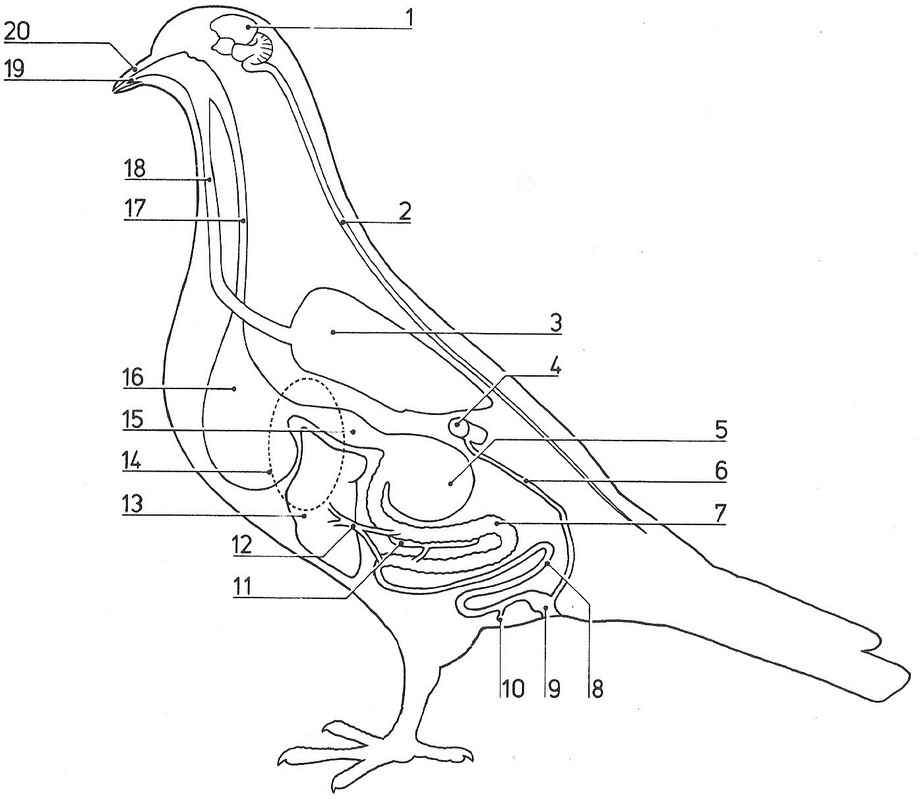So for the second time now I've placed what should've been a clean headshot on an animal and did not recieve a quick death. My .25 marauder puts out plenty of energy that should be able to drop most pests and small game animals with ease so it's a bit surprising. The first occurrence was on a squirrel. I shot a JSB king from 30 yards shooting at a shallow downward angle. I hit a squirrel just about where I wanted to and it stopped moving instantly; no thrashing or anything. I walked to retrieve it and saw it was still breathing. I quickly fired a second shot into his brain but I was confused by how it didn't die. The shot hit level with the top of the eye and about an 1/8" behind the eye. There seemed to be some blood loss but not a crazy amount. It was just strange that even if the pellet missed the brain, the concussion from the pellet wouldn't take the squirrel out cleanly.
The second instance was yesterday when I shot a dove. The pellet hit the doves eye and the bird dropped but never died. The shot was from 30yds so the pellet certainly had plenty of energy. I walked up and snapped the birds neck. It seems crazy that a .25 pellet hitting with so much energy couldn't cleanly kill an animal with such a "fragile" head. Any insight as to why these things have happened?
Thanks, Tyler
The second instance was yesterday when I shot a dove. The pellet hit the doves eye and the bird dropped but never died. The shot was from 30yds so the pellet certainly had plenty of energy. I walked up and snapped the birds neck. It seems crazy that a .25 pellet hitting with so much energy couldn't cleanly kill an animal with such a "fragile" head. Any insight as to why these things have happened?
Thanks, Tyler

